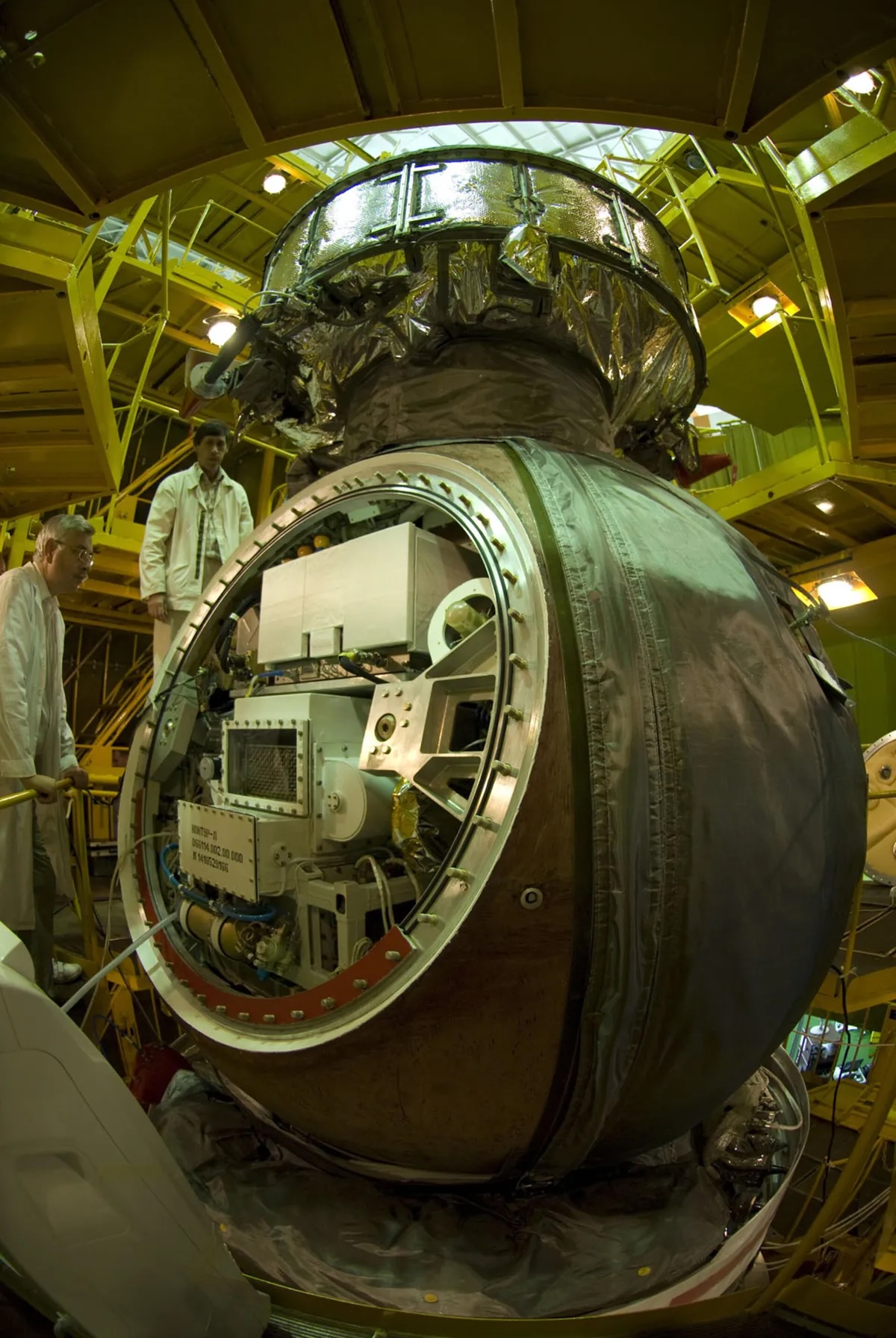
Tardigradesthe ubiquitous microscopic animals that resemble gummy bears with eight legs are known for their ability to survive some of the harshest environmental conditions for decades without food and water.
These hardy animals can easily tolerate levels of radiation that are fatal to most other life forms, extreme temperatures and even survive in the vacuum of room. Some scientists think that uncovering the genes responsible for their remarkable resilience, especially against ultra-high radiation, could unlock a range of potential applications, from cancer research to space exploration.
And we may be closer than ever to unlocking it. Chinese scientists have now identified a new species of tardigrades that harbor thousands of genes that become more active when exposed to radiation. The findings point to a complex defense system that protects tardigrade DNA from radiation-induced damage and could pave the way for devising better protection for astronauts against the stress of long-duration missions, researchers say.
The new species, called Hypsibius henanensis after ChinaHenan province, where it was collected about six years ago, was ravaged by radiation doses many times higher than what would be fatal to humans. The bombing hit 2,801 tardigrade genes involved in DNA repair, cell division, hormone metabolism and immune responses, according to a US State Department study. paper published October 25 in the journal Science.
Related: The first tardigrade fossils ever discovered reveal how they survived Earth’s largest mass extinction
One of the genes that became most active, called DODA1appears to resist radiation damage by allowing tardigrades to produce antioxidant pigments known as betalains, which can erase some of the harmful reactive chemicals in cells caused by radiation. When the researchers treated human cells with tardigrade betalains, they found that the cells did much better at surviving radiation than untreated cells, said co-author Lingqiang Zhang, a molecular and cellular biologist at the Beijing Institute of Lifeomics. Nature News.
Tardigrades, commonly known as water bears or moss piglets, have been the subject of extensive research due to their extraordinary resilience. In 2007, they became the first animals to survive exposure to space after a crewless Russian capsule carried 3,000 living tardigrades to low Earth orbit on a European mission and exposed them to the harsh vacuum of space for 10 days . 68 percent of them survived and gave birth to normal offspring. The same thing happened to tardigrades that were shot into space during the last flight in 2011 NASA‘s Space Shuttle Endeavor.

Tardigrades were held at a Biopan facility during ESA’s Foton-M3 mission in 2007. The lid opened for 10 days in orbit. (Image credit: ESA – S.Corvaja)
A few thousand tardigrades were spilled onto the moon’s surface after riding there aboard Israel’s Beresheet spacecraft, which crashed during landing. Although the fact that the specimens lay dormant on the lunar soil raised ethical questions, microbiologists considered their chances of colonization high. the moon zero, given the lack of oxygen and liquid water.
tardigrades’ most recent space trip was in 2021 to the International Space Stationwhere a long-term study of their genes and other survival techniques is underway.
“We want to see what ‘tricks’ they use to survive when they arrive in space, and then timewhat their descendants are fooling,” said Thomas Boothby, associate professor of molecular biology at the University of Wyoming, in an earlier article NASA statement. “Are they the same or do they change from generation to generation? We just don’t know what to expect.”
Scientists know from previous research that tardigrades survive under adverse conditions by rapidly suspending their metabolism, causing them to lose most of their body water and shrink to half their normal size, a condition known as cryptobiosis. After returning from space, she regained their former strength within just 30 minutes of being hydrated.
The tiny creatures are also likely capable of producing massive amounts of antioxidants – such as the newly discovered reservoir of betalains – to counteract harmful radiation-induced changes in their bodies, scientists say.
‘We’ve seen them do this in response to radiation EarthBoothby said. “We think that the way tardigrades have evolved to withstand extreme environments on this planet may also protect them from the stress of spaceflight.”
Originally posted on Space.com.
Leave a Reply